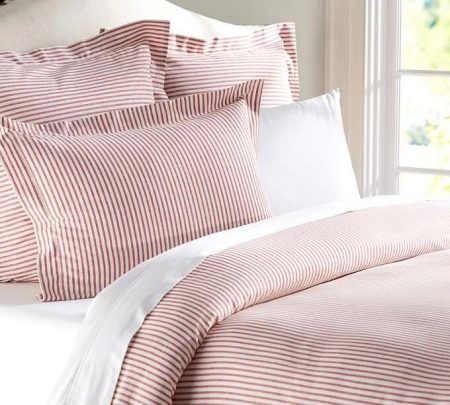All about the size and choice of one-and-a-half blankets
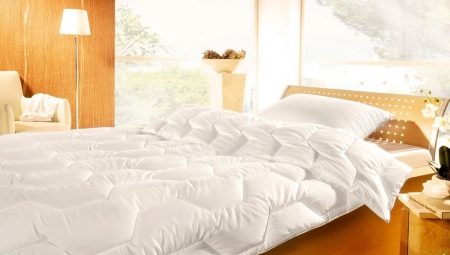
With all the variety of choice, one-and-a-half blankets occupy a separate niche and are highly demanded by buyers. In this article, you will learn the features of the model, how to choose a product that will provide a comfortable sleep, and what you need to consider when buying.

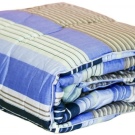
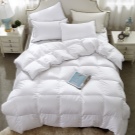
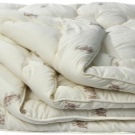
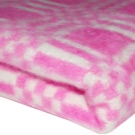
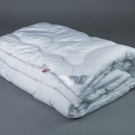
Peculiarities
The blanket is sized to cover one person. It is used while sleeping on a single, double, baby bed. Most often, teenage children and couples who, for whatever reason, cannot sleep under one double blanket, use a half-double blanket. It can be an allergy to the filler, or pulling the blanket over yourself. Another reason is the different need for heat. Someone is hot under a light cotton, someone is freezing under a thick down.
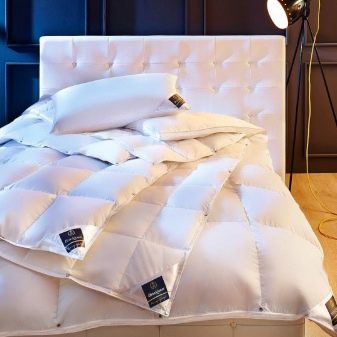
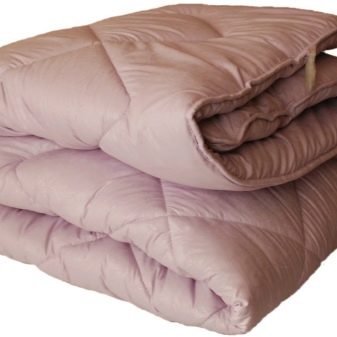
A set, in which there are two one-and-a-half blankets, is called a family set.
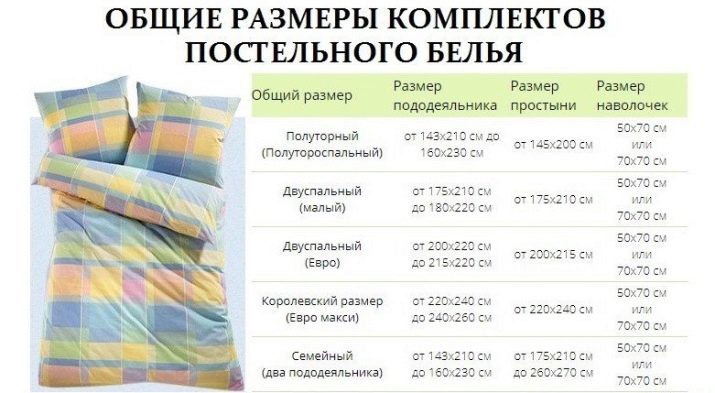
Russian sizes
All bedding widths and lengths are measured in centimeters.
Standard
In Russia, the standard for a one-and-a-half blanket is the size 140x205, which corresponds to the GOST adopted in the Soviet Union. Now there is a great demand for parameters 150x220. Buyers' requests dictate their terms, manufacturers produce products in widths 140, 142, 143, 145, 150, lengths 200, 205, 215.

Relatively rare
Blankets dimensions 160x205 and 160x220 are of little demand among buyers, they are rarely found on sale. The first option is bought for children. The second is suitable for a tall adult. For such models, the question of choosing a duvet cover is important. Often it has to be ordered from an atelier specializing in sewing bed linen. Blankets of individual tailoring or brought from abroad can be considered rare.
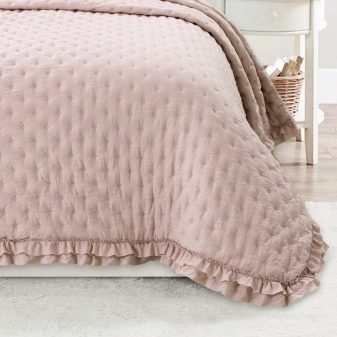
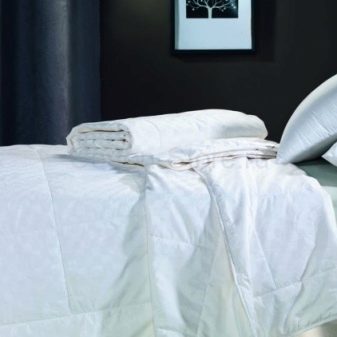
By the type of filler and thickness, such blankets are divided into warm, lightweight and summer thin.
European parameters
The usual 1.5-bed blanket of the Soviet era does not satisfy the needs of buyers due to its small width. It was replaced by models from foreign countries that have more suitable parameters. In Russia they got the name "euro". They differ from traditional Soviet sizes in the large parameters of the width and length of the product.
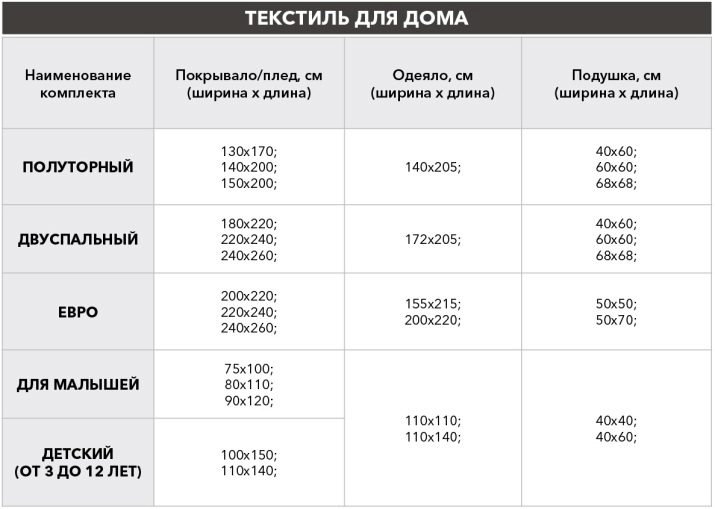
The size of the blanket 155x215 is called a euro lorry. On the labeling of such products, you can see 1,5-bed and extra-long single. It is easy to use. Easy to match duvet cover. A universal blanket 195x200 (200x220) is usually called a standard.
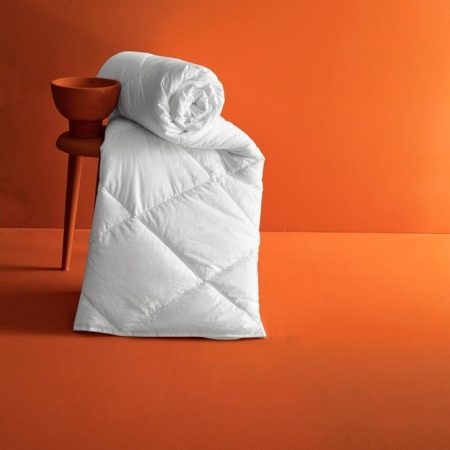
Parameters 220x240 (240x260) come with the designation Maxi or King Size. This product is for bed more than 1.8m wide.
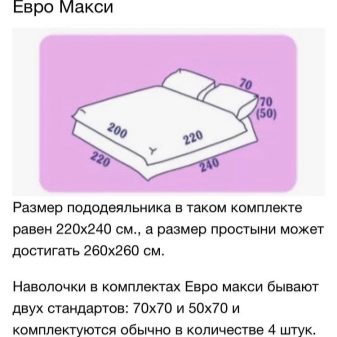
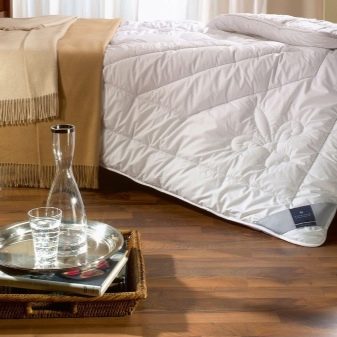
There is no single requirement for the production of blankets that would fit the definition of "European standard". All countries have their own sizes, calculated taking into account the wishes of buyers. The advantage of the “euro” blanket is obvious:
-
it is comfortable for two to hide under it;
-
you can choose a product for tall and large people;
-
variety of models, colors, designs;
-
covers even a wide bed;
-
under the Euro standard, they offer bed linen of the appropriate size.
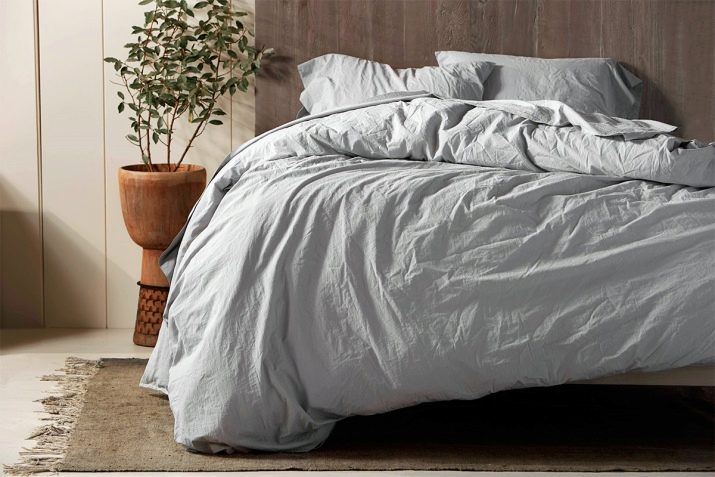
How to choose a blanket?
When choosing a blanket, pay attention to the product labeling and packaging, filler, degree of heat, sewing method, cover material.
- The manufacturer's company, its address and telephone number must be clearly legible on the product label. Information about the type of filler, cover material, weight and size of the blanket, density, care for it, storage conditions. The packaging is undamaged. Manufacturers who care about their products are attentive to these little things.
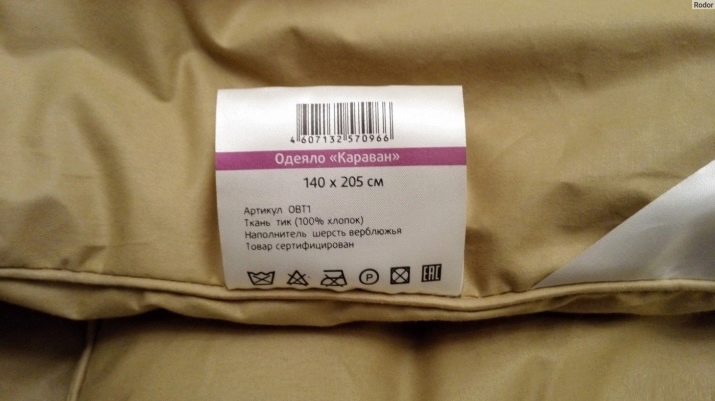
- Filler. It can be natural or artificial.
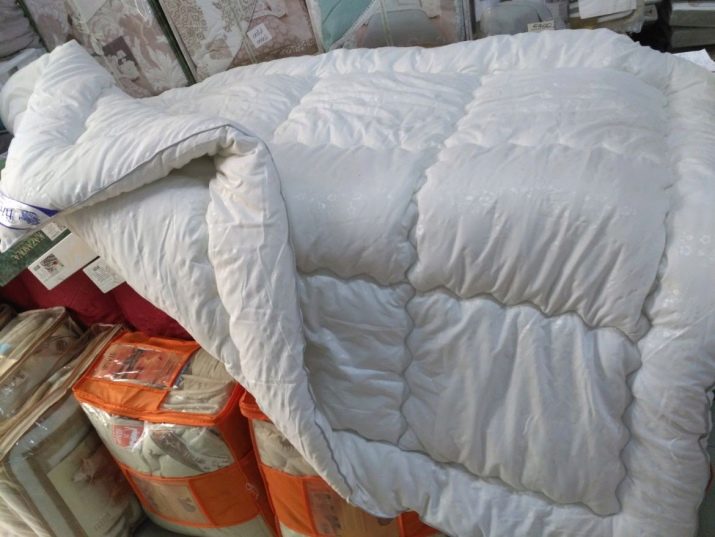
Natural downs include waterfowl down - goose, duck, swan, eiderdown (chicken is not suitable, as it quickly loses its shape and becomes unusable); wool (camel, sheep, llama, mountain goats); plant fibers (cotton, bamboo, eucalyptus, seaweed); silkworm threads. Such a filler is good for air permeability, absorbs moisture. Sometimes manufacturers add synthetic threads to natural ones. This is indicated on the product label. The presence of a natural component must be at least 50%.
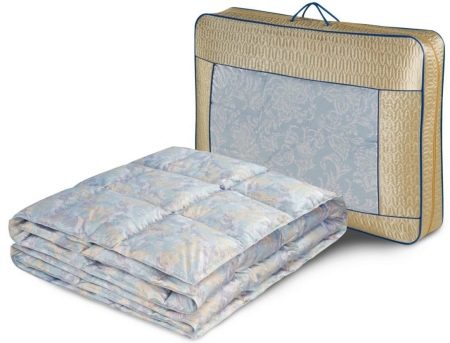
Having chosen a product with down, carefully look so that it is soft and light to the touch, when pressed, it spreads out in 20 seconds. Down and feathers should be evenly distributed and not stick out from the fabric of the cover. Their combination is 75/25. Smell: if there is a smell, the product is of poor quality. Increased requirements are imposed on the cover: it is dense, but not heavy. These blankets are the warmest. They do not like high humidity. They sometimes get ticks.
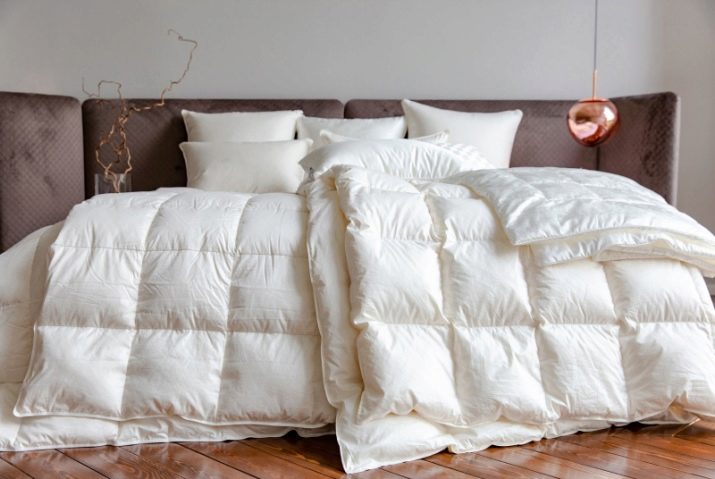
It is always warm and cozy under wool (camel wool is considered the warmest). It has a healing effect on joint diseases, rheumatism. It is easy to ventilate it from foreign odors. Susceptible to damage by moth larvae. With high humidity it becomes damp.
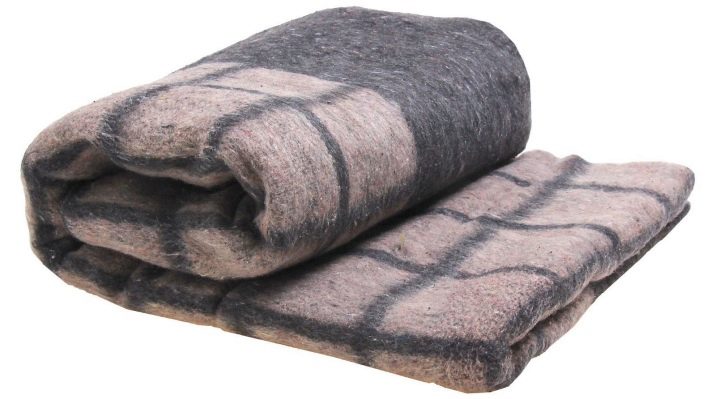
The blanket of silk fibers is lightweight, has a zipper in the cover, which allows you to see the contents. Silk is white or slightly yellowish, odorless.
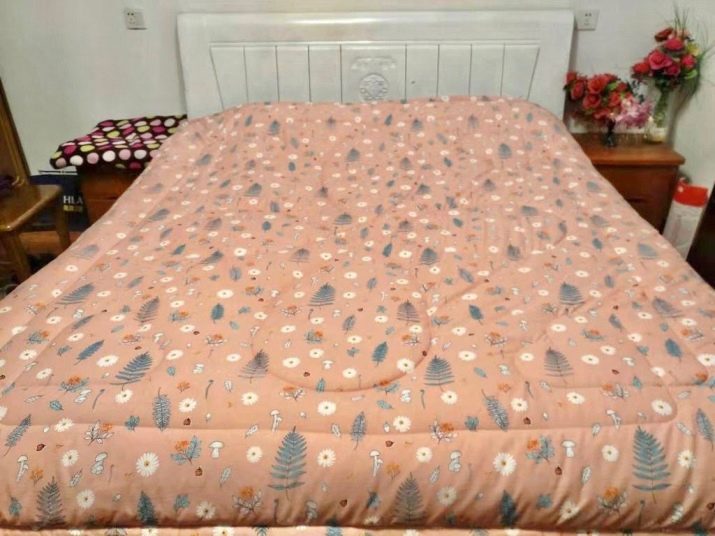
If the smell is present, or the fibers look like spirals, the product is of poor quality.
Operated in summer and winter. Refers to expensive models.
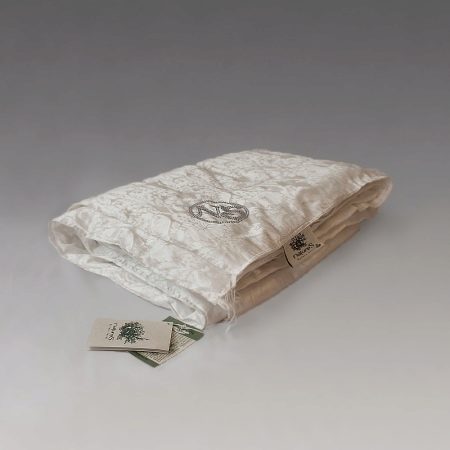
Bamboo, eucalyptus as part of the filler provide the blanket with a bactericidal effect. But the price for such products is greatly overpriced. Unscrupulous manufacturers add artificial fiber to natural.
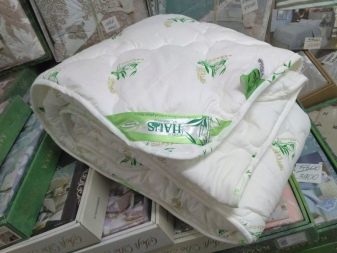
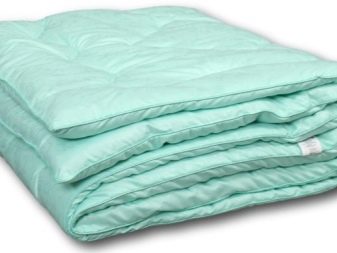
A novelty among fillers is seaweed. Kelp leaves are dried, fluffed up, placed in a cover. Such material is short-lived in operation.
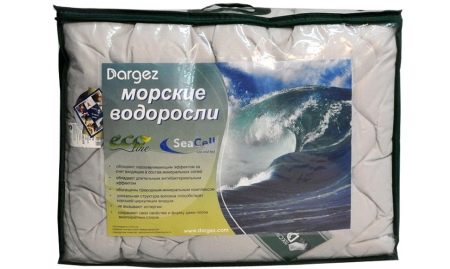
Artificial filler is synthetic winterizer, silicone, holofiber, thinsulate. The last material is the best artificial. Synthetic blankets are lightweight, undemanding to care for, and do not absorb odors.Of the minuses, the lack of air exchange is noted. They do not absorb moisture, are susceptible to the accumulation of static electricity, and may lose their shape during operation.
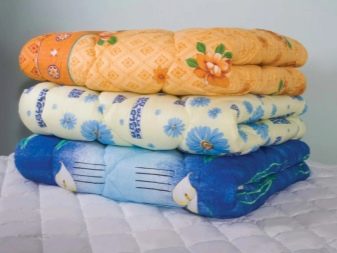
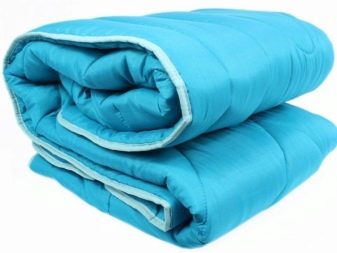
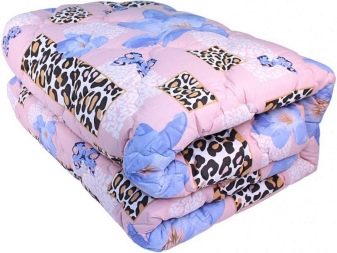

People prone to allergies should choose blankets with silicone filling, plant fibers (cotton, bamboo, eucalyptus), silk.
Wool, cotton, bamboo and silicone items are washable.
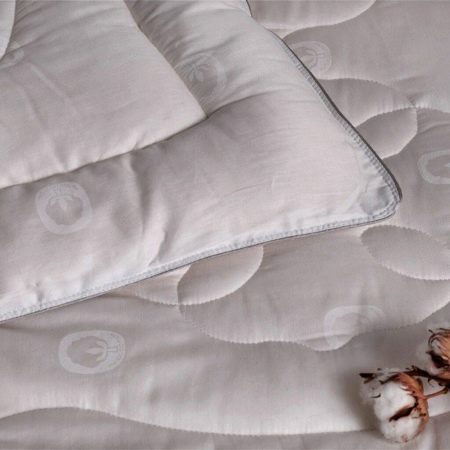
- The degree of heat. It is indicated on the packaging in the form of dots:
-
if there is only one point, a blanket for summer, thin, the filler is often synthetic;
-
2 - light, inside contains lightweight wool, fluff;
-
3 - for all seasons;
-
4 - for winter, late autumn, early spring, warm;
-
5 points - the warmest, only for winter.
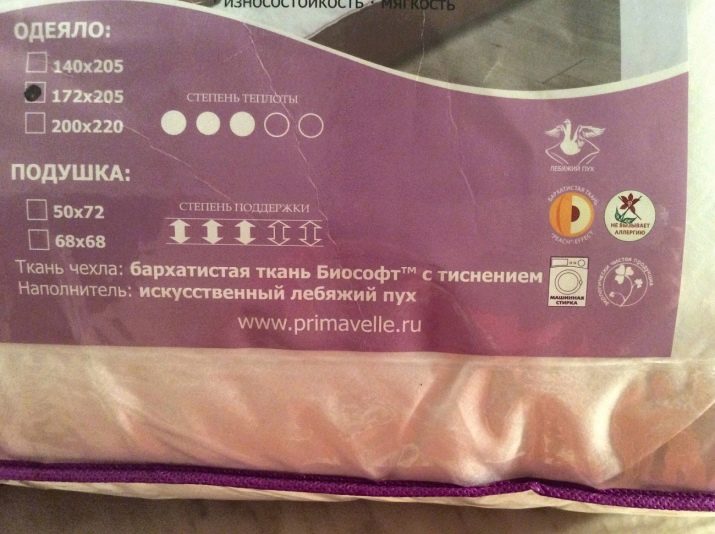
In this case, the thickness does not always determine the degree of heat retention. Pay attention to density. If it is 150-220 g / sq. m - a blanket for the summer. For demi-season ones - 280-300. The highest density is 420 g / sq. m. Such a product is used in cold winter.
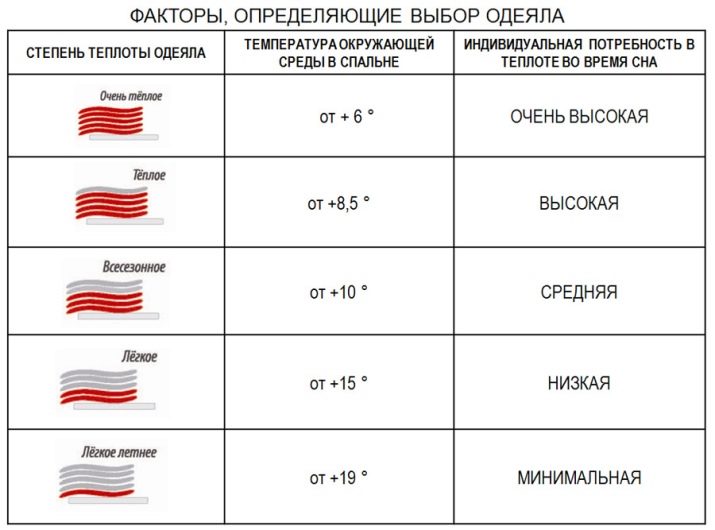
Summer blankets contain lightweight wool, bamboo fiber, silk, synthetic fabric. Winter ones are made of wool and down. Demi-season ones are operated all year round, the filling can be very different. To ensure you sleep comfortably throughout the year, you should stock up on several types of blankets for different seasons. On sale you can find upside-down blankets (transformers). They consist of two parts - warm and cold, interconnected with buttons, Velcro, zipper.


- Flashing method. In the quilted, the seams run parallel, the contents eventually get lost along the strip, the service life decreases, it is undesirable to wash. When stitching carostep, the filler is placed in the cover, the line goes from above in the form of a pattern. Pay attention to the symmetry of the lines, otherwise the blanket will quickly lose its shape. The cassette method is the most reliable. Thanks to the small symmetrical sectors, in which the filler is placed separately, it is well fixed inside. The sectors are made in the form of rhombuses, squares and other shapes. Patchwork quilts are rare on the market.
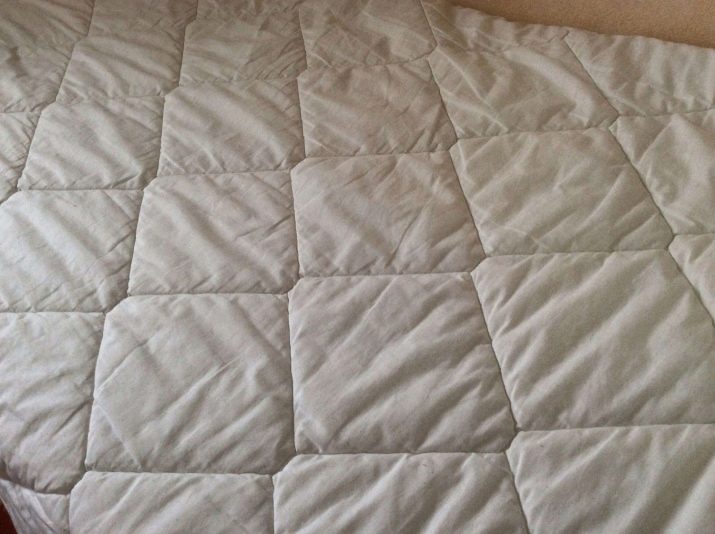
Carelessly executed seams, protruding threads cause a quick loss of the shape of the product and a decrease in the operating time.
- The fabric of the cover must be made of natural materials: teak, coarse calico, flax, satin, a combination of cotton 80% and polyester 20%. They absorb moisture well and allow air to pass through. Expensive models have a silk cover. For blankets that cover children, the best fabric for a cover is percale. For synthetic fillers, manufacturers sew polyester covers, which are pre-treated with a special bactericidal impregnation. The color of the material is preferably neutral: white, beige, pale pink. This is necessary so that it does not shine through the light shade of the bed linen. An oblique inlay is sewn into the edge of the product, it serves to maintain its shape.
When buying a blanket, remember that quality products cannot be cheap.
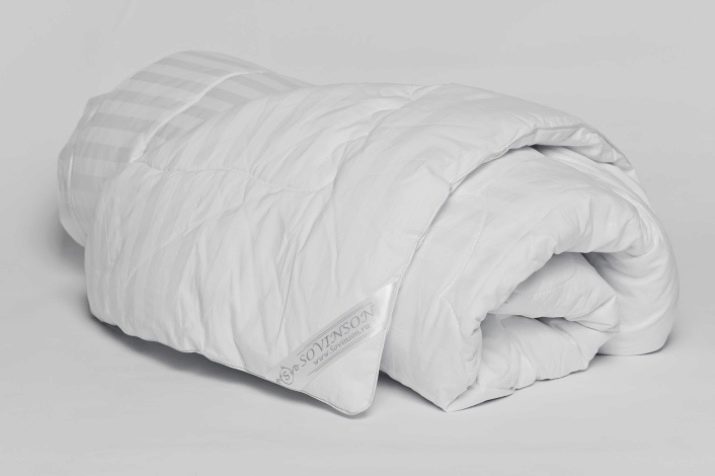
How to choose a duvet cover?
When buying a duvet cover, you must remember that the fabric from which it is sewn must be natural (linen, calico, cotton, satin, silk). The size should be appropriate for the size of the blanket, not small or large. In the first case, it collects in bumps, in the second, it slides into one of the corners. It is ideal to purchase 10 cm wider and longer than the size of the duvet, so that it fits freely. This applies to thick feathers. For lightweight and thin products, the stock may be 5 cm.
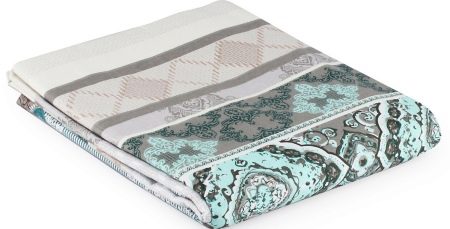
In addition, natural fabric shrinks after the first washings. Manufacturers take this factor into account; a small allowance is made during manufacturing. For a traditional one-and-a-half-bed product, a duvet cover is suitable with parameters 150x215. Most often on sale you can find the size 160x220. It is designed for blankets with a width of 150-155 cm, as well as for a Euro lorry.
The duvet cover is purchased separately, included in the bed linen set, sewn to order in the atelier.
